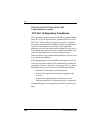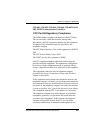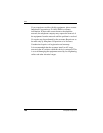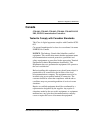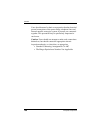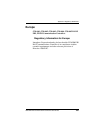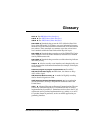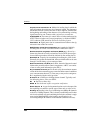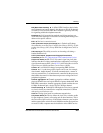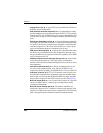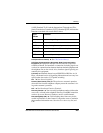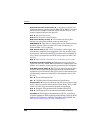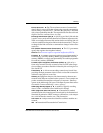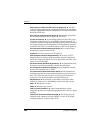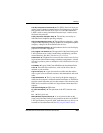
Glossary
202 Interphase Corporation
Asynchronous transmission Method of sending data in which the
interval between characters may be of unequal length. The characters
transmitted include a start bit and one or more stop bits, which define
the beginning and ending of the character. No synchronizing or timing
signals need to be sent. Contrast with synchronous transmission.
AT&T® 5ESS The name of a central office switch manufactured by
AT&T. These switches use Custom (proprietary) or National ISDN-1
(NI-1) software. ESS stands for Electronic Switching System.
Attenuation Signal power lost in a transmission medium as the sig-
nal travels from sender to receiver.
B8ZS (Bipolar with 8 Zeros Substitution) A method of digitally
encoding data on a link. A modified form of AMI used in USA.
Backward explicit congestion notification (BECN) A bit set by a
frame relay network to notify an interface device (DTE) that conges-
tion avoidance procedures should be initiated by the sending device.
Bandwidth Capacity for transmitting data through a given circuit.
Generally, the greater the bandwidth, the more information can be sent
through a circuit during a given amount of time.
Basic transmission unit (BTU) In SNA, the unit of data and control
information passed between control components. A BTU can consist
of one or more patch information units (PIUs).
Bc (committed burst size) For Frame relay, the maximum amount
of data in bits that a network agrees to transfer under normal conditions
over a measurement interval (T). Data may or may not be contiguous.
Bc is negotiated with the carrier provider.
B channel A 56 Kbps or 64 Kbps bearer channel. Typically used
for delivering data or voice over ISDN.
Be See Excess Burst Size.
BECN See backward explicit congestion notification.
Bearer Service A type of telecommunications service that provides
the capability to transmit a specific type of data such as voice or fax.
Bonding Bonding is the act of combining two 64Kbps B-channels
to derive a 128 Kbps channel. This is done by establishing two B-chan-
nel circuit switched calls and combining them in the customer's equip-
ment (using Multilink PPP or the bonding specification) or by
associating multiple B-channels in the network (multirate services).



